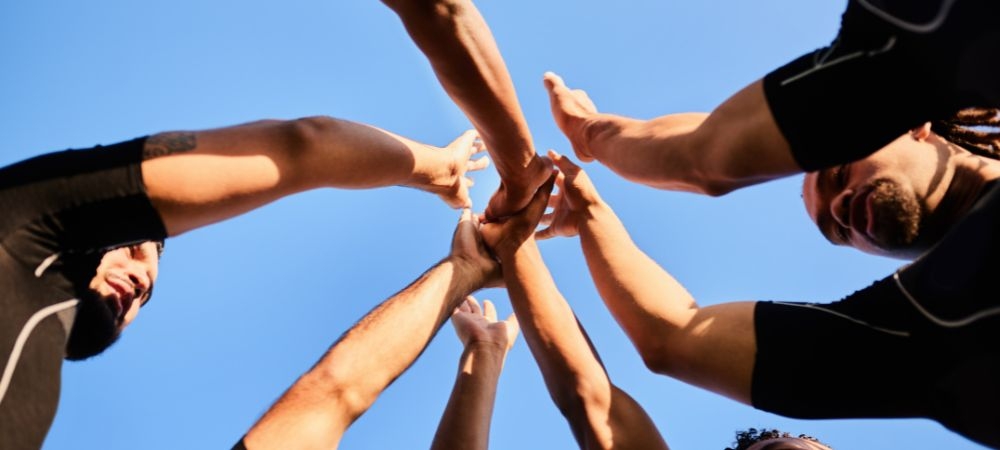

Injuries in team sports are, unfortunately, quite common and they can have a significant impact on players. Whether it's soccer, basketball, rugby or any other sport that requires physical exertion and competition, injuries seem to be an inevitable part of the game. But here's the kicker-not all injuries are created equal.
One of the most frequent types of injury is the sprain. You'd think it ain't much but a twisted ankle can sideline a player for weeks! additional details accessible view this. It's not just about the pain; it's about losing precious practice time and missing crucial games. Sprains can affect your ability to run, jump, or even walk properly. And who wants to sit on the bench watching their teammates play? Not me!
Broken bones come next on the list of common injuries. A fracture can happen in an instant-a wrong step or an unfortunate collision-and suddenly you're looking at months off the field. The healing process isn't exactly speedy either; players have to go through rigorous physiotherapy sessions which nobody really enjoys.
Then there are concussions, often seen in contact sports like football or hockey. Oh boy, these are serious! Concussions don't just cause immediate symptoms like headaches and dizziness but they also have long-term impacts on cognitive function if not treated properly. Players might find themselves dealing with memory loss or concentration issues long after they've hung up their boots.
Don't forget about muscle strains too! These little devils sneak up when you least expect them. Get the news check out that. One minute you're sprinting towards the goal post, next minute you're clutching your hamstring in agony. Muscle strains may not sound as dramatic as broken bones or concussions but they're no joke-recovery is slow and painful.
So what does this mean for injury prevention? It means we gotta take it seriously! Warm-ups and cool-downs shouldn't be skipped-they prepare our muscles for activity and help them recover afterward. Wearing appropriate gear can't be overlooked either; protective equipment like helmets and pads significantly reduce injury risks.
Coaches need to emphasize proper techniques during training sessions because poor form leads directly to injuries. Hydration matters more than you'd think too-a dehydrated body is more prone to cramps and strains.
Yet despite all precautions taken by players themselves there's always an element of unpredictability involved in sports-related injuries-that's why its so important for teams have medical staff readily available during games & practices alike!
To sum up: Injuries suck-but understanding how they occur & taking steps prevent 'em makes huge difference in keeping athletes healthy both physically mentally throughout their careers
Oh boy, where do I even start? The role of proper training and conditioning in preventing injuries is, like, massive! You can't really talk about injury prevention without mentioning them. It's not like you can just skip these steps if you're serious about staying healthy and fit.
First off, let's get one thing straight: people often don't realize how crucial it is to train properly. It's not enough to just show up at the gym or on the field and go through the motions. No way! You've got to follow a well-structured program that takes into account your individual needs and goals. If you don't do this, you're setting yourself up for failure-or worse, injury.
Conditioning ain't something you should overlook either. Your body's gotta be prepared for the stresses you're gonna put it through. Think of it as building a sturdy foundation before constructing a house. Without good conditioning, your muscles and joints are much more likely to give out when you need them most. And no one wants that!
You see athletes getting injured all the time because they didn't pay attention to their training or conditioning regimens. It's not rocket science-if you don't prepare your body properly, it's going to break down at some point. Trust me on this one.
And hey, we all know life gets busy and sometimes you just wanna get things done quickly but rushing through exercises with poor form is a big no-no! Bad form can lead to muscle strains, ligament tears-you name it. It's better to take your time and do things right than end up sidelined for weeks or even months.
Moreover, proper training involves more than just physical work; mental preparation plays a part too! If you're mentally checked out during workouts or competitions, mistakes happen-mistakes that could lead to nasty injuries.
So yeah, it's pretty clear that skipping proper training and conditioning isn't an option if you want to stay injury-free. Sure, nobody's perfect and accidents still happen but taking these steps seriously reduces risks significantly.
In conclusion (thank goodness we're wrapping this up!), proper training and conditioning aren't negotiable if you're looking at long-term health in any physical activity. Neglecting them won't get ya anywhere except maybe into a doctor's office with an injury that could've been avoided altogether!
FIFA World Cup, the most respected football (soccer) tournament, was first kept in 1930 and has actually considering that ended up being one of the most widely watched and adhered to sporting event worldwide.
The initial marathon celebrated the run of the soldier Pheidippides from a field of battle near the community of Marathon, Greece, to Athens in 490 B.C., inspiring the contemporary marathon's range of 26.2 miles.
The Super Dish, the championship game of the NFL, is known for its elegant halftime shows and high-profile commercials, ending up being a considerable event in American society beyond sports.
The greatest ever recorded rate for a tennis offer is 263.4 km/h (163.7 mph) by Australian player Sam Groth in 2012.
In the world of team sports, the role of a captain is multifaceted and demanding.. One of the most crucial aspects?

Posted by on 2024-07-08
Team sports have been often hailed as a great tool for improving mental health.. Well, they can be, but let's not pretend there aren't challenges and considerations to keep in mind.

Posted by on 2024-07-08
**Adapting Communication Styles for Diverse Teams**
In team sports, communication ain't just important—it's crucial.. You'd think that just passing the ball or shouting instructions would be enough, but oh no, it's way more than that.
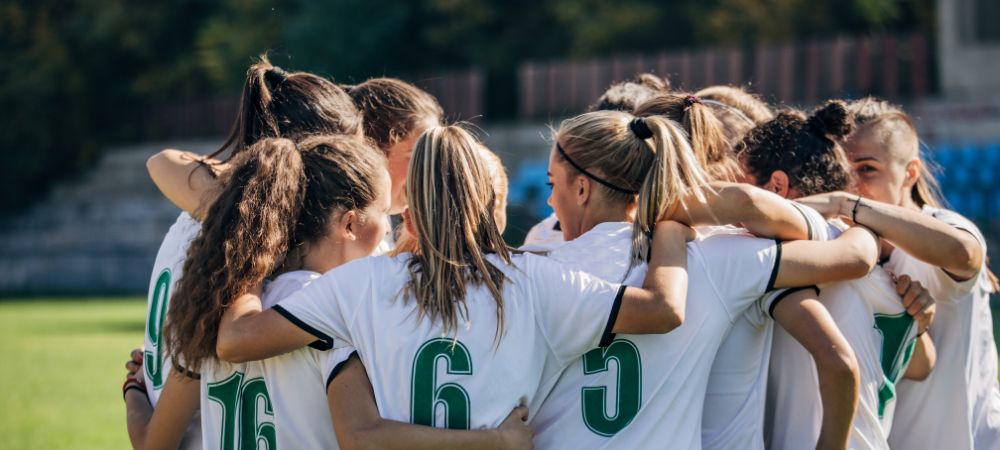
Posted by on 2024-07-08
In the fast-paced world of sports, teams don’t always have the luxury of time to sit back and analyze every move they've made.. Often, it's critical to monitor progress and make adjustments based on feedback instantly.
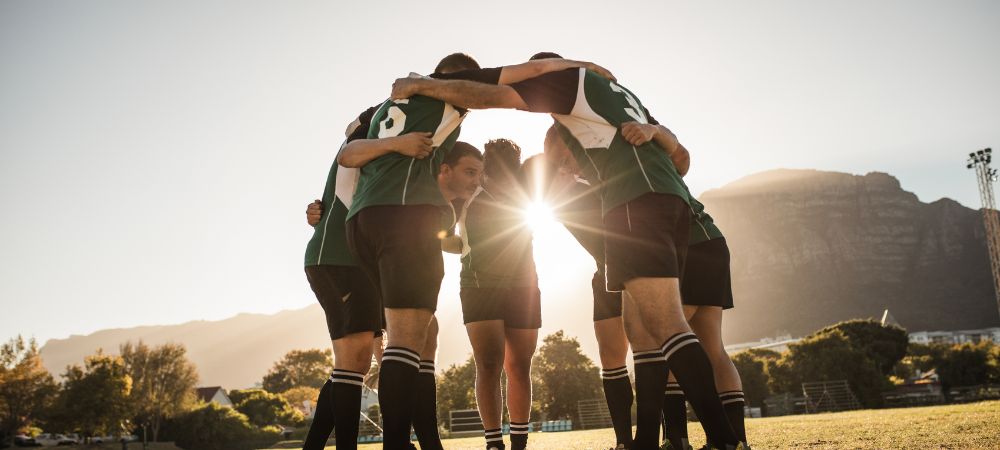
Posted by on 2024-07-08
When it comes to exercising, folks often skip or rush through warm-up and cool-down exercises. But hey, don't make that mistake! These two components are crucial for injury prevention, yet they're frequently overlooked. You wouldn't wanna start your car in the middle of winter without letting it warm up first, right? So why would you treat your body any different?
Warm-up exercises ain't just about getting the blood pumping; they're about preparing your muscles and joints for what's to come. Imagine jumping straight into an intense workout without priming your body – that's just asking for trouble. Think about it: cold muscles are more prone to strains and sprains. A good warm-up increases muscle temperature and elasticity, reduces stiffness, and enhances overall performance. It's like greasing the wheels before taking a bike ride – everything moves smoother.
Now, let's talk cool-downs – equally important but often ignored. After busting out a tough workout, your body's like a high-speed train that needs to gradually slow down before coming to a stop. If you abruptly end your exercise session, you're not doing yourself any favors. Cool-down exercises help bring heart rates back to normal levels slowly and prevent dizziness or even fainting spells caused by blood pooling in the extremities.
But there's more! Stretching during cool-down can improve flexibility and reduce muscle soreness. Ever woken up the day after a killer workout feeling like you've aged 40 years overnight? That's delayed onset muscle soreness (DOMS), which can be mitigated with proper cool-down routines.
Skipping these essential steps is kinda like playing with fire; you're increasing the risk of injuries such as pulled muscles or joint issues. And let's face it – nobody wants that setback when they're working towards their fitness goals.
So don't skip out on these vital parts of your exercise routine! Warm-ups prepare you physically and mentally for what lies ahead while cool-downs ensure you recover properly afterwards. Make ‘em part of your regimen, won't ya? Your body will thank ya later!
In conclusion (without sounding too preachy), treating warm-ups and cool-downs as optional steps ain't wise at all if you're serious about injury prevention in your fitness journey. Give ‘em some love next time you hit the gym or go for a run; it's worth every minute invested!
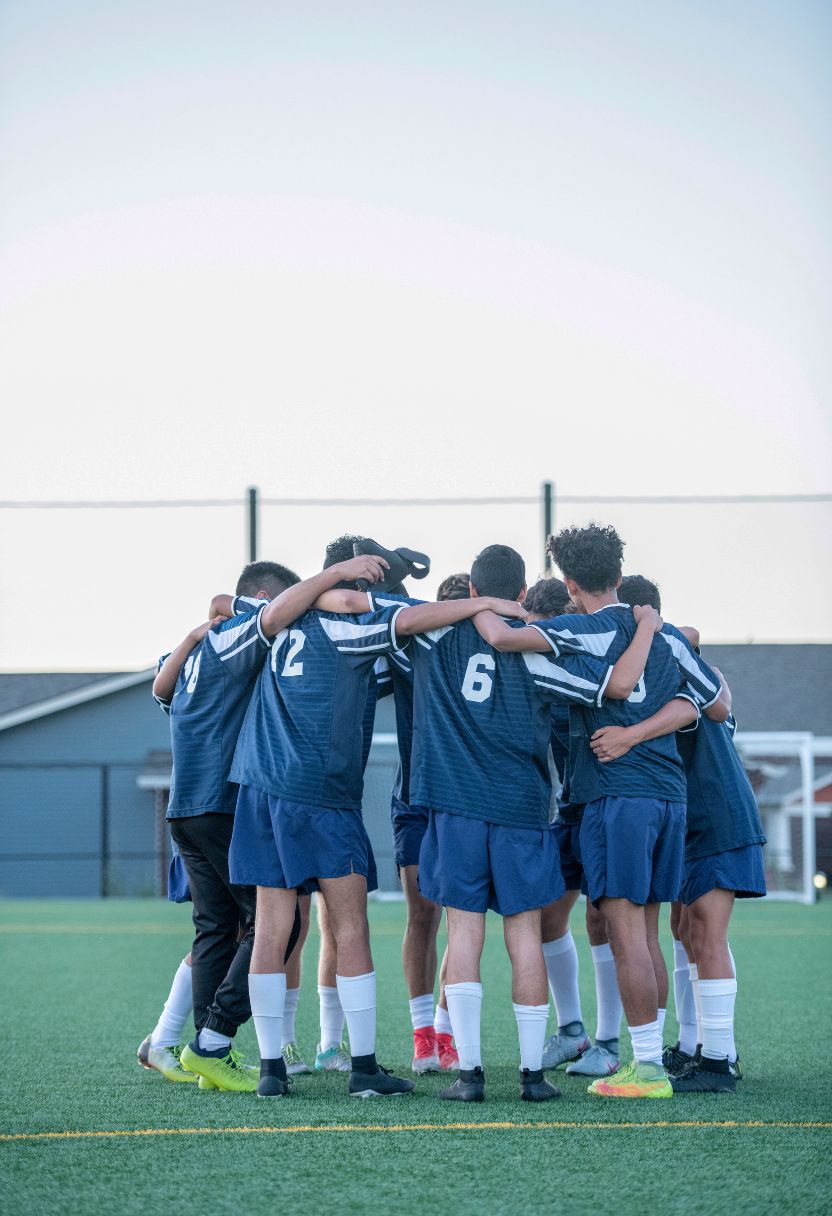
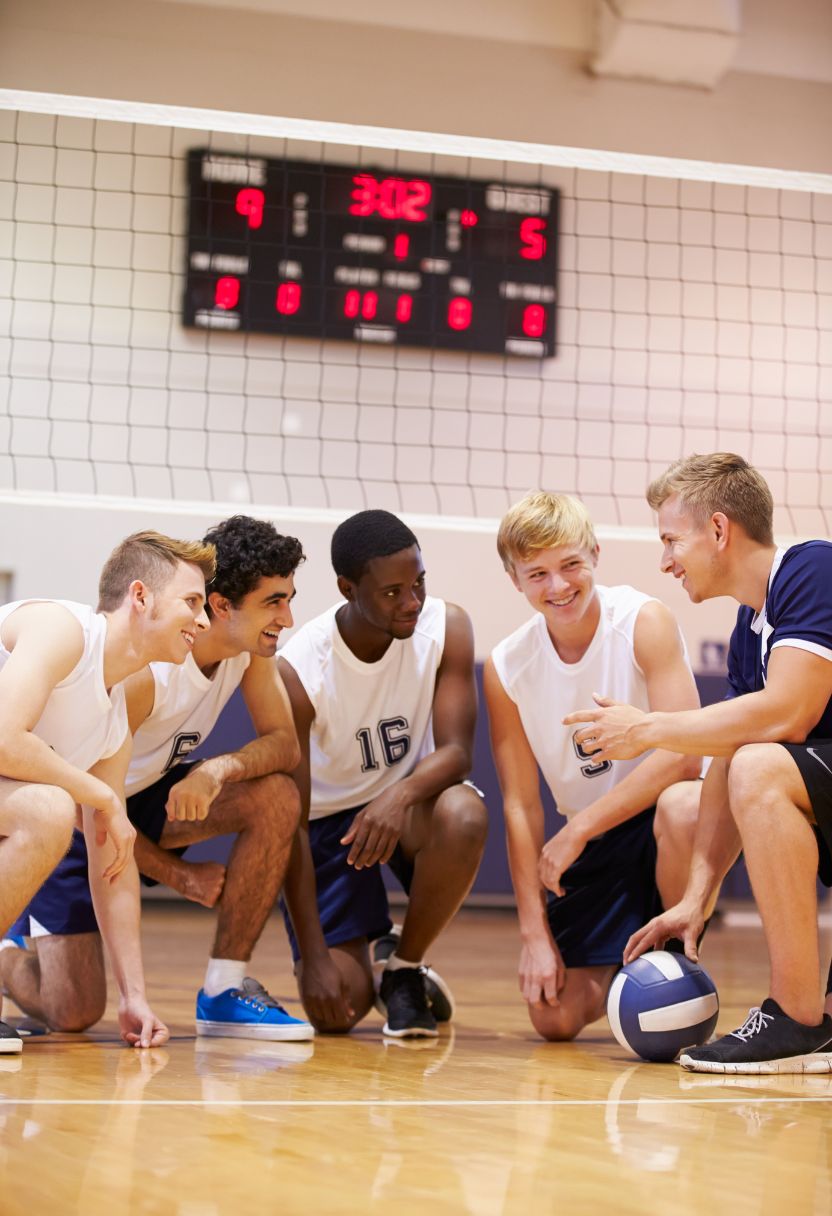
Utilizing protective gear and equipment ain't just a recommendation; it's a necessity for injury prevention. Seriously, have you ever thought about how many accidents could be avoided if folks simply used the right gear? It's not like we're asking them to wear a suit of armor or anything-just basic stuff like helmets, gloves, and knee pads.
Now, let's face it. We ain't superheroes who can bounce back from any kind of injury without consequences. Even minor injuries can have long-term effects that we might never fully recover from. So why wouldn't you want to protect yourself? It's baffling how some people think they're invincible.
In sports, for instance, wearing the proper protective gear can mean the difference between walking off the field with just a few bruises or being carried away on a stretcher. And it's not only about your head or knees; even your eyes need protection sometimes! Ever heard of safety goggles? Yeah, those might seem nerdy but trust me-they're lifesavers in certain situations.
But let's talk real life scenarios outside sports too. Construction sites are notoriously dangerous places. You've got heavy machinery moving around, sharp objects lying everywhere-it's practically an accident waiting to happen if precautions aren't taken. Hard hats and steel-toe boots aren't fashion statements; they're there to keep workers safe!
Oh boy, don't get me started on cycling! If you're zipping through traffic without a helmet on, you're basically tempting fate. There's no excuse good enough to skip out on such essential safety measures.
I know what some people are gonna say: "It's uncomfortable," or "It looks stupid." Well hey, would you rather look 'uncool' for a bit or spend months recovering from an avoidable injury? I think the choice is clear.
And yes, there's also this misconception that nothing will ever happen to 'me.' Spoiler alert: Accidents don't discriminate! They can happen anytime and affect anyone. It's better to be prepared than regretful later on.
So yeah folks, it boils down to one simple thing-using protective gear should never be optional when it comes to preventing injuries. Make sure you're always equipped with what's necessary because ultimately, it's your well-being that's at stake here!
In conclusion (oh gosh I'm sounding so formal), embracing protective gear isn't about living in fear; it's about being smart and cautious in our everyday activities whether big or small!
Implementing Safe Practice Techniques and Drills for Injury Prevention
You know, when it comes to sports or any physical activities, injuries are always a big concern. No one wants to sit on the sidelines because of something that could've been avoided. That's why implementing safe practice techniques and drills is crucial for injury prevention.
First off, let's talk about warm-ups – they're not just some annoying thing coaches make you do. Skipping them isn't a great idea! A good warm-up gets your blood flowing and muscles ready for action. It doesn't have to be complicated; even simple stretching can reduce the risk of pulled muscles or worse.
Now, onto technique. You'd think everyone knows how to lift weights properly or run correctly, but that's not always true. Incorrect form can lead to serious injuries over time. So it's really important that coaches and trainers spend time teaching the right ways to do things. If they don't, athletes might end up hurting themselves while thinking they're improving their performance.
And let's not forget about hydration – oh boy! People underestimate how much staying hydrated prevents injuries. Dehydration makes you more prone to cramps and fatigue which can lead to mistakes and then-bam!-injury strikes.
Drills designed specifically for injury prevention are also super useful. These drills focus on strengthening the muscles around those joints most likely to get injured like knees and ankles. For example, doing balance exercises can help improve stability which reduces the chance of sprains.
But hey, no one's saying you should eliminate all risks completely; that's impossible! The goal is just to minimize them as much as we can through smart practices. And sometimes people think wearing protective gear isn't necessary because it looks uncool or whatever – but trust me, helmets and pads aren't there just for show!
Lastly, listen to your body! If something hurts-or doesn't feel quite right-it probably means something's wrong. Pushing through pain often leads straight into Injuriesville.
So yeah, implementing safe practice techniques and drills may sound boring at first glance but believe me-they're worth every minute spent on them if it keeps you injury-free in the long run!
Alrighty then-that's my two cents on this topic! Stay safe out there folks!
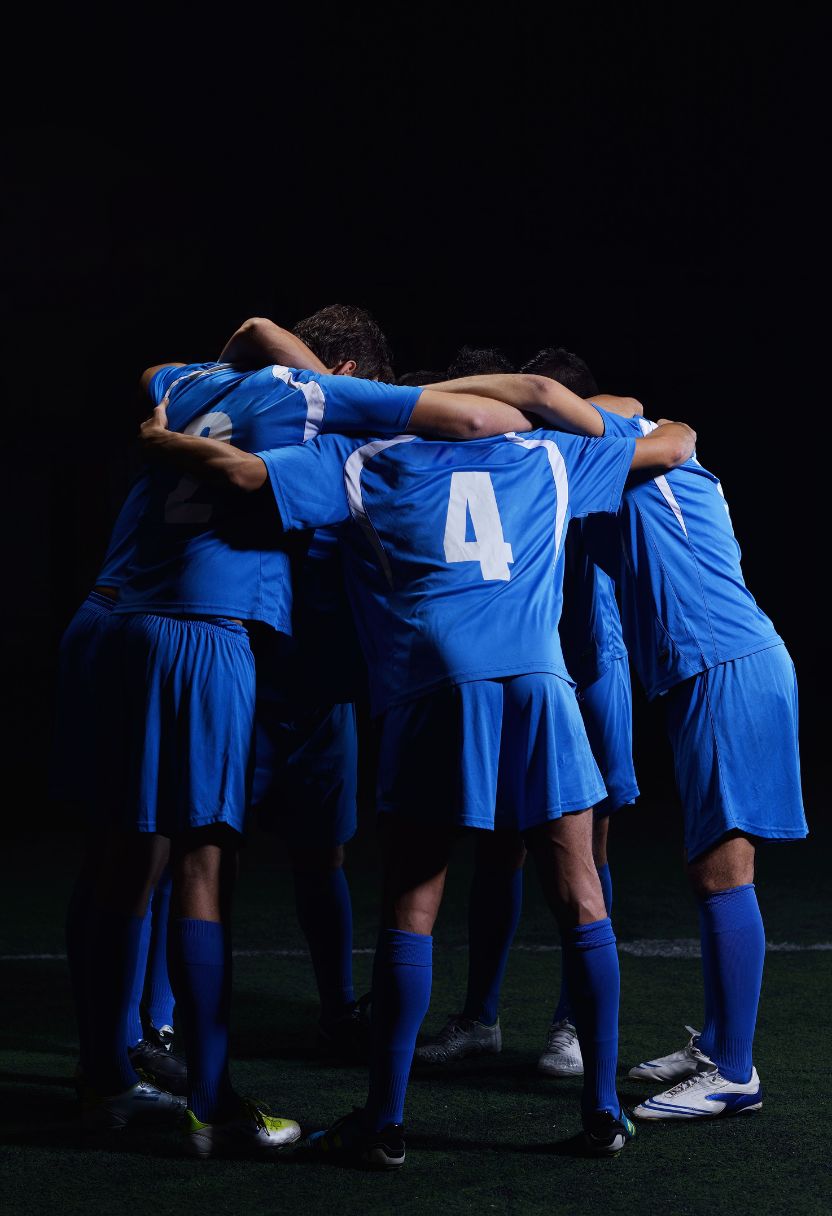
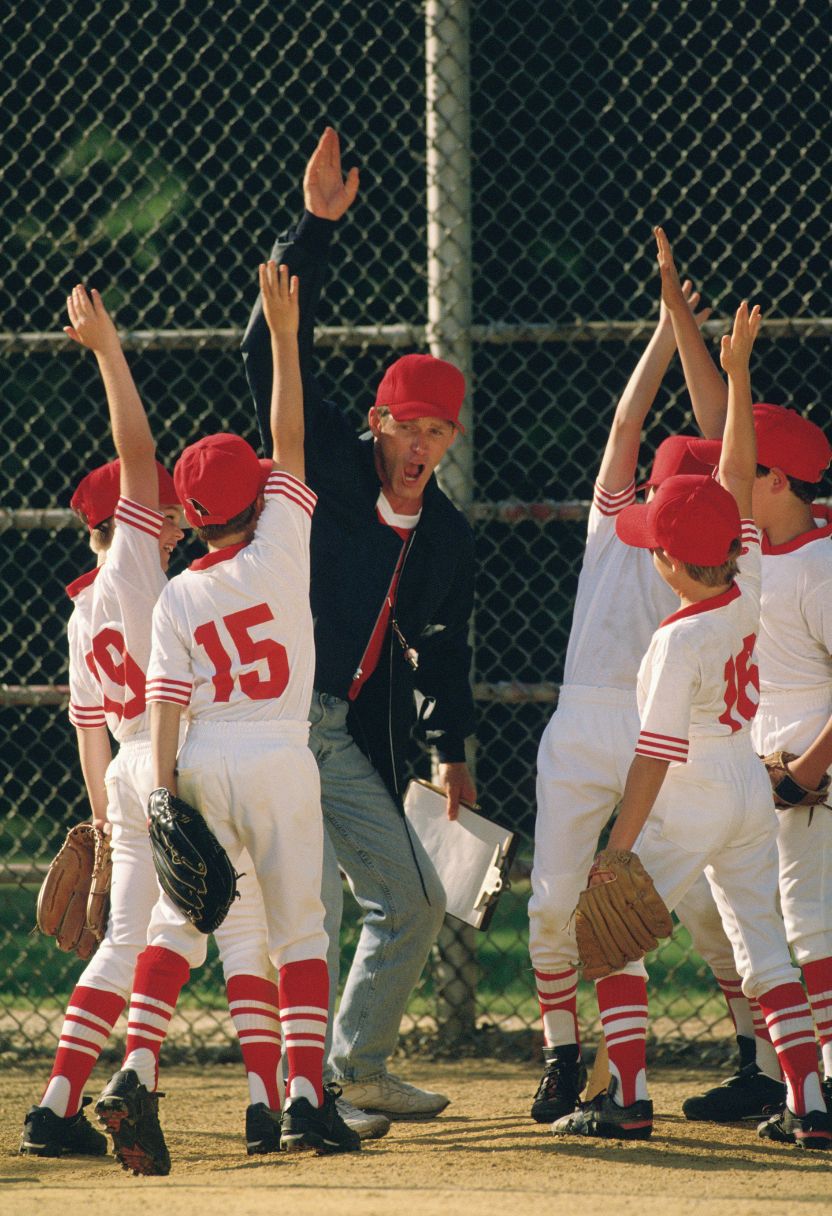
Injuries are, unfortunately, a part of sports. But hey, they don't have to be the end-all-be-all for athletes. Coaches and medical staff play a huge role in injury prevention strategies. It's not just about fixing someone up after they've gotten hurt; it's about stopping those injuries from happening in the first place.
First off, let's talk about coaches. You might think their job is all about drills and game plans, but it's way more than that. Good coaches know how to train their athletes properly. They work on strength and conditioning exercises that help build up muscles and joints so they're less likely to get injured. And guess what? They also teach proper techniques-like how to land after a jump or tackle safely-to minimize risks.
But wait, there's more! Coaches aren't just there barking orders; they're keen observers too. They can spot when an athlete's form is off or if someone's pushing themselves too hard. By catching these red flags early, they can intervene before things go south.
Now let's give some credit to the medical staff-they're like the unsung heroes behind the scenes. Athletic trainers and physiotherapists are always watching out for potential issues. They conduct regular screenings to identify weaknesses or imbalances in an athlete's body that could lead to injuries down the road.
Oh man, you can't forget about education either! Medical staff educate both athletes and coaches on various aspects of health-things like nutrition, hydration, and even sleep patterns (yes really!). These factors might seem small individually but combined they make a big difference in keeping those injuries at bay.
And then there's recovery management-it's not something you should skip over lightly! When an athlete does get injured (because let's face it, it happens), medical professionals ensure they're following a proper rehab protocol before getting back into action. Rushing back too soon can lead to re-injury which nobody wants.
Don't think it's all sunshine and rainbows though; sometimes there are conflicts between what coaches want (winning games) and what medical staff advise (rest). It requires good communication between both parties to find a balance that's best for the athlete's long-term well-being.
To sum it up: yeah sure, talent is important in sports-but without solid injury prevention strategies led by competent coaches and dedicated medical staff-it doesn't mean much if you're sidelined with an injury now does it?
So hats off to these folks who work tirelessly behind-the-scenes ensuring athletes stay fit as fiddles!